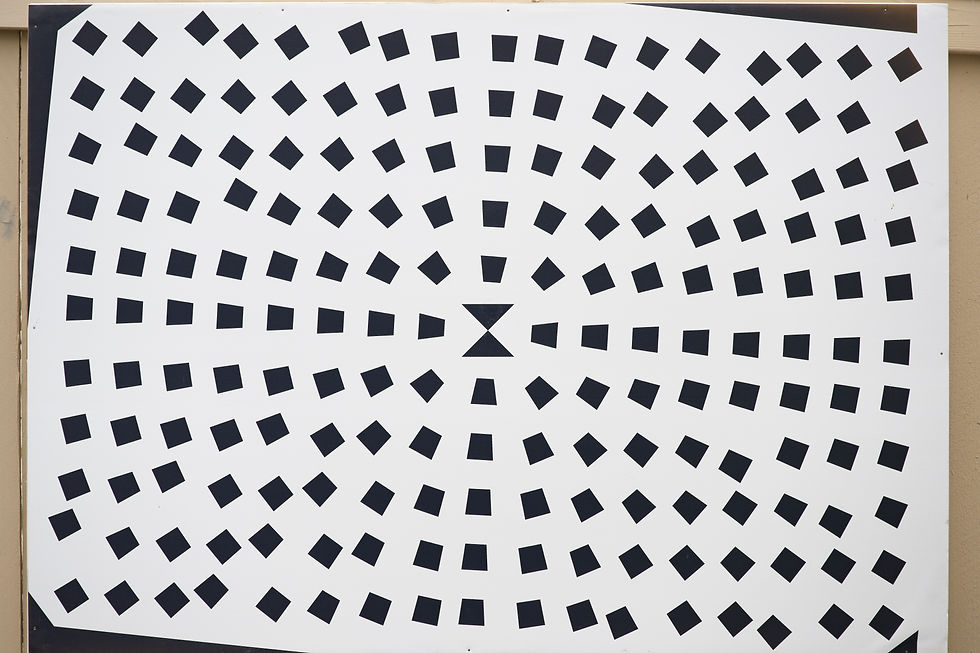Nikon ‘Pinpoint Focus Mode’: the Most Accurate?
The Nikon camera “Pinpoint” focus mode is supposed to be the most accurate way to focus their lenses. It’s only available when in “AF-S” mode (not AF-C), so it’s only useful for static targets. On DSLRs (D850 & D780), it’s only available in Live View; I think all of Nikon’s Z cameras support Pinpoint focus.
Is this mode really better than other focus modes? That’s what I am going to analyze in this article. My personal favorite focus mode is “3D-tracking”, although I use various other modes if unusual subjects get focused better with the other focus options. In the tests that follow, however, I will compare Pinpoint focus against just the 3D focus using the Nikon Z9 camera. I chose to use the Nikkor 24-120 f/4S lens at 120mm for testing.
Nikon cautions that Pinpoint focus might be a little slower than other focus modes, but I didn’t notice any slowdown while shooting with anything except my 700mm f/8 setup (500mm + 1.4X TC). It supposedly only sees a quarter of the area of single-point focus mode. Pinpoint is supposed to use contrast-detect (hence slower), while the other focus modes are strictly phase-detect on their mirrorless cameras.

Pinpoint AF-area mode selection

Pinpoint mode indicator
Note that you have to set the camera to AF-S (single AF focus mode) to have Pinpoint AF as an option.
To conduct the tests, I placed the camera onto a sturdy tripod and attached a wired remote release to activate the shutter. I was 17 feet (5.3 meters) from the resolution target. In between each shot, I would alternate de-focusing the lens either too near or too far before pressing the AF-ON button. I waited at least 5 seconds before taking each shot, to allow any vibrations to stop.

The whole resolution chart
I placed the focus point in the center of the frame, so that’s where I used the resolution measurements for my analysis.
I shot 19 photographs with each focus type, in order to get a good feel for the consistency of focus. In none of the shots that I took was I able to visually tell the difference in sharpness. The only way to note a difference was to use my MTFMapper software to analyze the resolution target photographs.

Resolution results for the central portion of the test target
As shown above, I had my MTFMapper program analyze each test target raw-format photo and then display each measured target edge. I would pick the best reading inside the red square for my data. The resolution readings shown are in units of MTF50 line pairs per millimeter.

Resolution plots showing the entire FX frame
The plots shown above provide resolution data about the whole lens field of view, from edge-to-edge. There’s one plot for meridional direction (tangent to a circle) and sagittal direction (like wheel spokes) measurements. I concentrated on just the 32 resolution readings around the center of the lens (both meridional and sagittal), since that’s where I had the camera focus point placed.
Test Results

The Pinpoint focus data from the 19 test shots had a peak MTF50 reading of 72.7 lp/mm, with an average of 69.2 lp/mm. The standard deviation was 1.93 lp/mm. Very consistent focus.
The 3D-tracking focus data from the 19 test shots had a peak MTF50 reading of 72.7 lp/mm, with an average of 68.5 and a standard deviation of 3.24 lp/mm.
Note that both focus modes obtained the same peak resolution of 72.7 lp/mm, but 3D focus was a little sloppier and averaged slightly worse resolution as a result.
I have to admit that Pinpoint focus is in fact more consistent, and on average gets marginally sharper shots. The spread of data is pretty small, and you couldn’t notice any sharpness differences by looking at the actual test chart photos for either the Pinpoint or 3D shots. The MTFMapper software is super picky, and it notices subtle differences you can’t perceive yourself.
In case you wondered, in the past I compared 3D-tracking against other AF-C focus modes and I didn’t note any particular sharpness differences in the various modes. I just prefer how frequently 3D will hold focus on the desired subject, compared to other modes.
The Nikon Z8 and Z9 camera autofocus accuracy is very good and quite fast, no matter which focus mode you choose. Since these cameras focus at the shooting aperture (through f/5.6), it also means that you don’t pay a sharpness penalty using lenses with focus-shift (spherical aberration), either.
If you’re after the consistently sharpest shots you can get, then Pinpoint focus is the way to go. If you happen to have the Nikon Z8 camera, then combine Pinpoint focus with pixel-shift shooting for really sharp shots when using a tripod and there’s no subject movement (use either the 16 or 32-shot options).















Comentarios